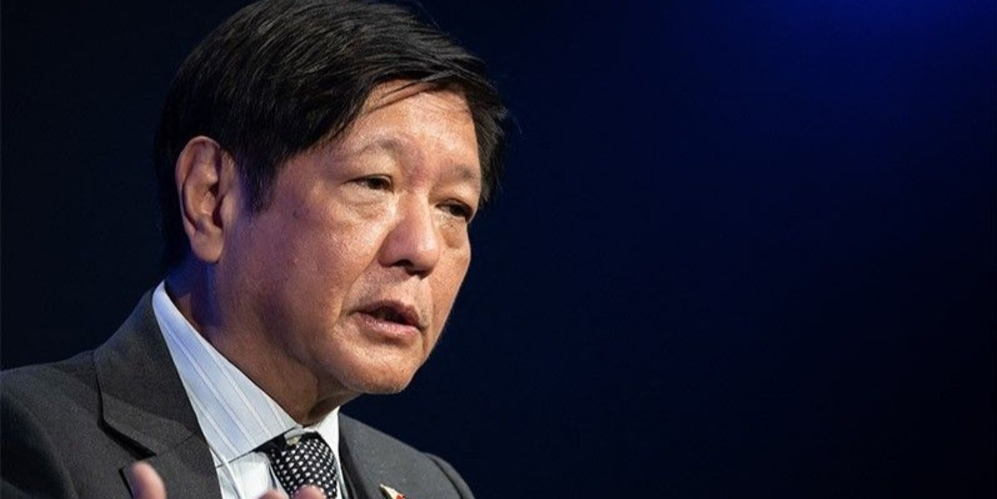It was reported in the media that after Deputy Prime Minister Heng Swee Keat came back from his Switzerland “study trip”, he wants to look to the Swiss for lessons to take care of the welfare of Singaporean workers.
Wrapping up his five-day work trip there, Heng said Singapore companies can learn from their Swiss counterparts when it comes to workers’ welfare.
Even as firms there ramp up automation and change their business models, they remain committed to training workers, he said.
He told the media that two things have left a deep impression on him during his visit – how seriously Swiss companies take productivity, innovation and technology, as well as how willing they are to collaborate in areas where they have common problems to solve.
However, Heng failed to address the issue that many of our elderly have to continue to work for a simple reason that they do not have enough CPF to retire. This is unlike Switzerland which has a very healthy sustainable pension system to enable their senior citizens to retire comfortably.
Josephine Teo’s data shows Singaporean elderly get only average $355 per month from CPF
Three months ago (Feb), NCMP Associate Prof Walter Theseira asked Manpower Minister Josephine Teo in Parliament about the retirement situation in Singapore.
Prof Theseira wanted to know how much on average, the Singaporean elderly are getting their CPF payouts after they turned 65. He also asked what percentage of the elderly CPF members are receiving monthly payouts of less than $500, an amount hardly enough for the elderly to survive here.
Prof Theseira is the Associate Prof of Economics at the Singapore University of Social Sciences (SUSS). Thanks to Prof Theseira’s questioning, Manpower Minister Josephine Teo was forced to reveal the data.
She said that of those who are receiving their CPF payouts presently, 74% had monthly payouts under $500. The average monthly payout for CPF members were as follows as at Dec 2018:

Hence, these 3 groups of Singapore elderly would receive on average of about $355 per month from CPF Board, with nearly three quarters receiving less than $500.
But she did assure that with increased labour force participation and improvements to the CPF system made in the past decade, she expects younger cohorts to have higher CPF payouts. She cited that 60% of CPF members who turned 55 in 2017 two year ago would be expecting to get monthly payouts of $700 to $750 after they hit 65 in 8 years’ time.
PM Lee has been telling everyone that there are now $3 meals available in hawker centres. The government supposedly, assumes that based on 3 meals a day at $270 a month, even at less than $500 it should be enough for an elderly to survive in Singapore. This, of course, assumes that the elderly doesn’t have any other expenses in his or her life (for example, to save on toilet papers, he or she would use public toilets in coffee shops or hawker centres).
Superior Swiss pension system
According to an online article published in Jan this year, Switzerland has a healthy and sustainable national pension system, allowing their elderly to retire comfortably.
Ranked sixth in the world by the Mercer Global Pension Index (2016), the Swiss pension system is overall efficient and sustainable, putting it above countries such as Germany, the UK and Canada. In general, Switzerland’s pension scheme with its three-pillar structure can ensure sufficient living allowances for retirement.
The first pillar is the Swiss old-age pension and invalidity insurance funded by compulsory Swiss social security contributions by employees and employers. The second pillar is based on company Swiss pension schemes, which are mandatory for employees receiving a specific salary threshold. The third pillar is voluntary contributions to private insurance.
The payout from state pension (i.e, the first pillar) is determined by the number of years worked in Switzerland and the average income. A correction factor takes inflation into account. For a full pension (which is between 1175 to 2350 CHF per month or about S$1600 to $3200), it is required that the insured person pays into the 1st pillar every year from age 20 to 65 (or 64 for females). Each year spent abroad will reduce the pension by about 2.3 percent.
The Swiss federal constitution stipulates that the 1st pillar must meet the basic needs of the insured people. Because of the rise in living costs, in 1966 the federal parliament enacted additional pension payments. They are flexible and cover actual costs (e.g. health insurance, nursing home costs).
Anticipating the retirement will reduce the monthly pension, while continuing to work will increase it, the adjustments are as follow:

It’s not known if Heng paid attention to the Swiss pension system, enabling their elderly to retire gracefully, while he was spending time on his “study trip” there.
Meanwhile, three quarters of our elderly have to make do with less than $500 per month for retirement with an average of $355 per month per elderly. Is this the “Swiss standard of living” former PM Goh Chok Tong was referring to in the past?



